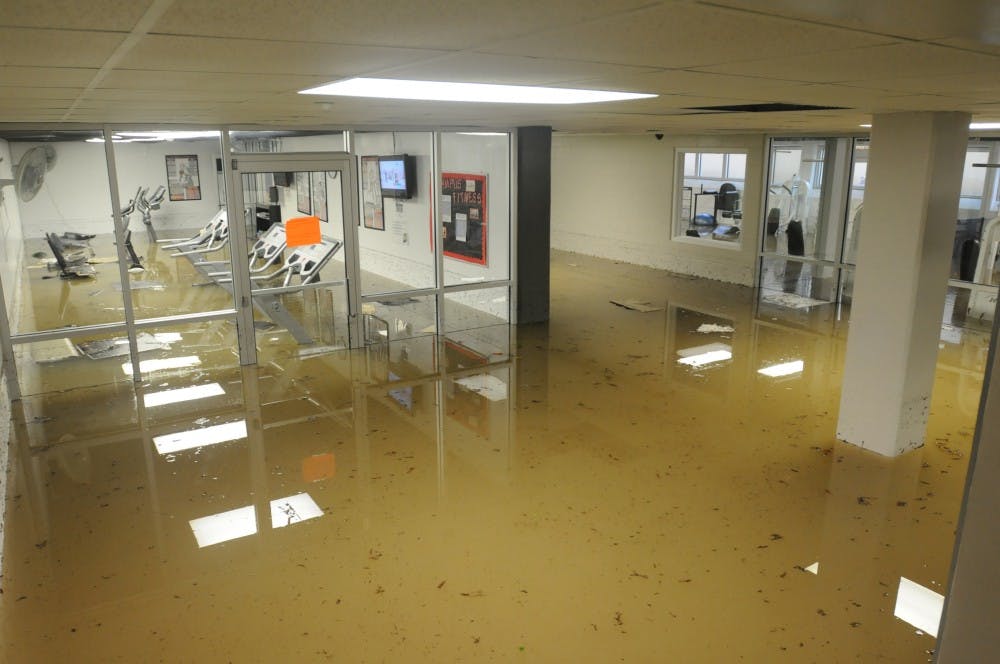Repairs began last week on a newly installed stormwater management system at the Chapel Hill Public Library — a system that is already giving residents headaches.
The system, which was installed during a $16 million library renovation that wrapped up in April, began to fail almost immediately after construction ended, according to a report from the project’s engineer Michael Hammersley.
This summer’s flooding further weakened the system, leaving residents to deal with crumbling sediment washing into nearby creeks and parks.
The stormwater management system is supposed to collect rainwater and pipe it off-site as quickly as possible. If such a system fails, it can cause structural damage to a facility and erode important vegetation and soil.
Eric Hyman, a Chapel Hill resident who lives adjacent to the library, said he immediately noticed when the library’s stormwater system began to fail. Sediment and silt became loose and started making its way into the creeks in Pritchard Park, the wooded area that sits between his property and the library.
“It was quite a failure,” he said. “All that silt went into the creek and, while it would be nice, I’m not sure how they’re going to clean it up.”
Hyman said Pritchard Park is known for the trails and creeks that wind through it.
“It hasn’t really affected the trails all that much,” he said.
The library’s bioretention cell, which is the part of the stormwater system designed to temporarily contain up to 12 inches of water during severe storms, began to fail in April, according to Hammersley’s report.



